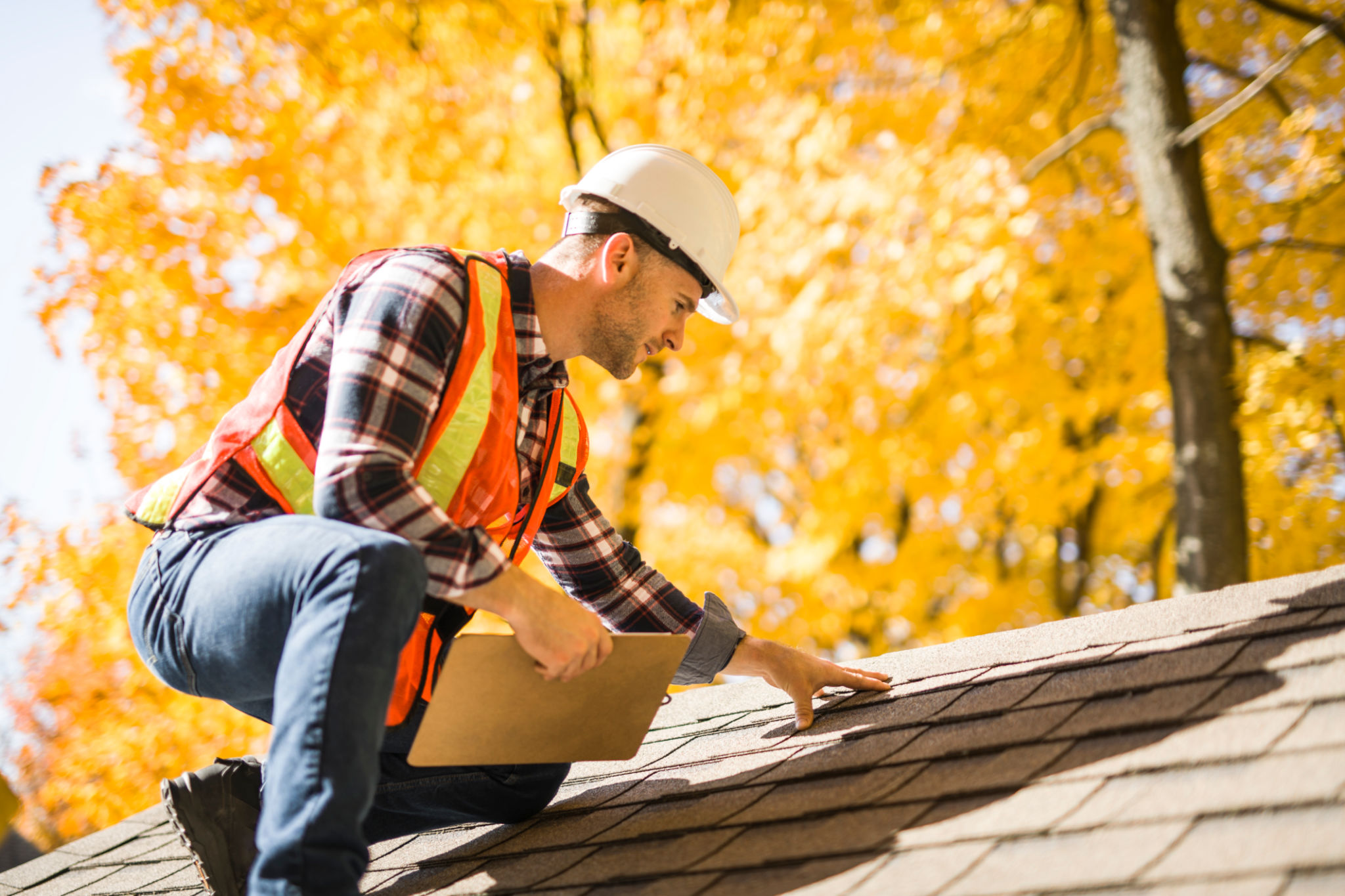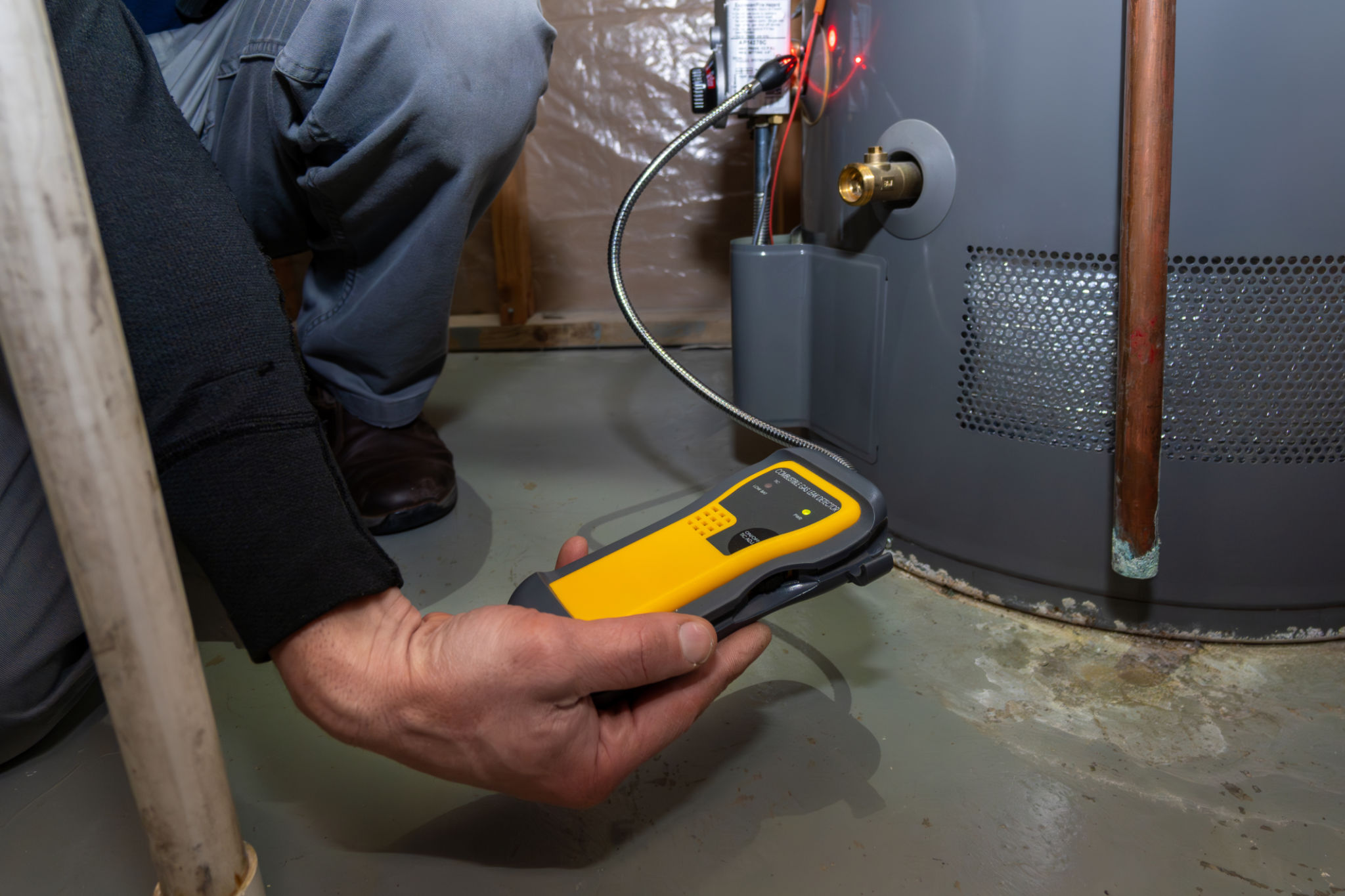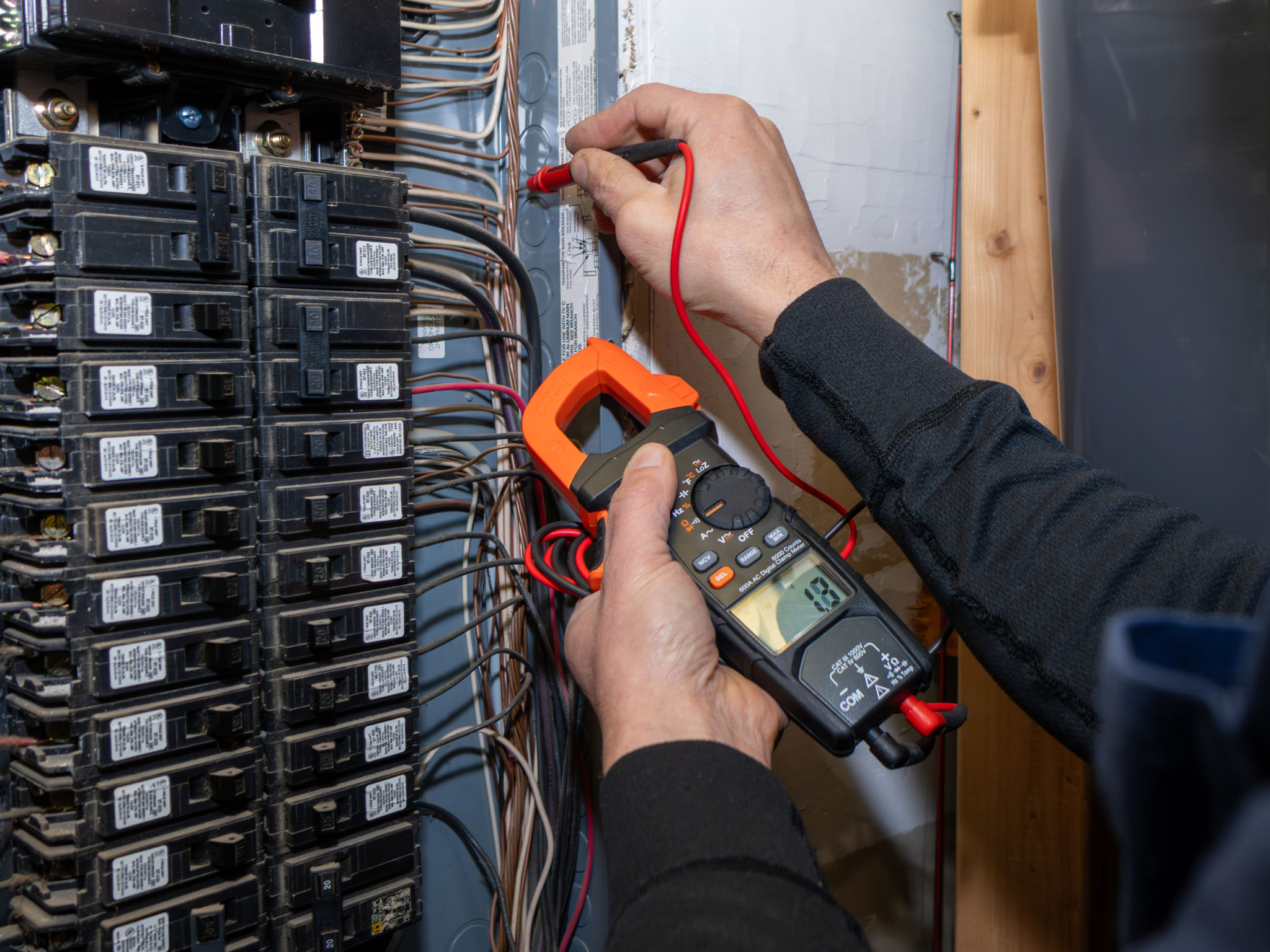DIY Home Inspection Checklist: What to Look for Before Calling a Professional
Conducting a DIY home inspection can be an empowering and cost-effective way to assess the condition of your property before calling in a professional. By following a comprehensive checklist, you can identify potential issues and address them proactively. This guide will walk you through the essential areas to inspect in your home.
Exterior Inspection
Roof and Gutters
Start by examining the roof for any missing or damaged shingles, which can lead to leaks. Check the gutters for blockages and signs of rust or separation. Proper drainage is crucial to prevent water damage to your home's foundation.

Foundation and Walls
Walk around the exterior of your home and look for cracks in the foundation or walls. Small cracks may not be an immediate concern, but larger ones could indicate structural issues. Pay attention to signs of water pooling near the foundation, as this could lead to significant problems over time.
Interior Inspection
Basement and Attic
Inspect the basement for any signs of moisture or mold, as these can affect indoor air quality and structural integrity. In the attic, check for adequate insulation and ensure there are no signs of leaks or pest infestations.

Plumbing System
Examine all visible pipes for signs of leaks or corrosion. Test faucets, showers, and toilets to ensure they are functioning properly. Look under sinks for any water damage or mold growth, which could indicate a hidden leak.
Electrical System
Check all electrical outlets and switches to ensure they are working correctly. Be on the lookout for flickering lights or circuit breakers that trip frequently, as these could signal electrical issues. It's important to ensure that your home’s electrical system is up-to-date and safe.

Heating and Cooling Systems
Inspect your heating and cooling systems by checking filters, vents, and thermostats. Dirty filters can reduce efficiency and air quality, while blocked vents can limit airflow. Regular maintenance is key to prolonging the life of these systems.
Final Touches
After completing your DIY inspection, make a list of any issues that require professional attention. While many small fixes can be handled on your own, some repairs are best left to experts. Having a detailed checklist will help you communicate effectively with any professionals you need to hire, ensuring that nothing is overlooked.
By taking the time to conduct a thorough DIY home inspection, you’ll gain valuable insights into your property’s condition and be better prepared to maintain its value over time. Regular inspections can help catch potential problems early, saving you both time and money in the long run.
